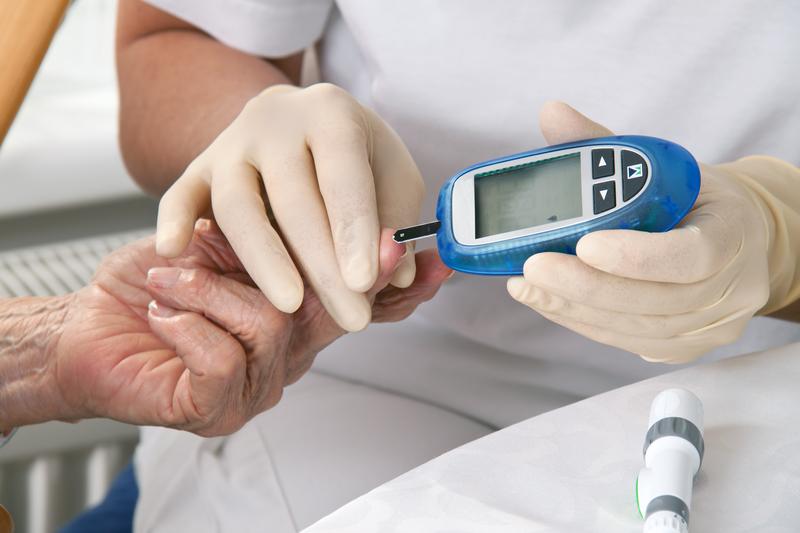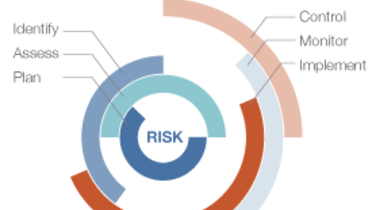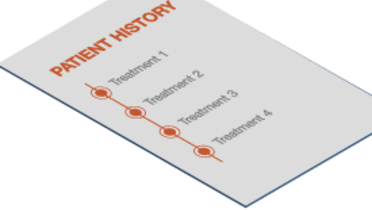-
0
Patient Assessment
- 0.1 Patient demand
- 0.2 Overarching considerations
- 0.3 Local history
- 0.4 Anatomical location
- 0.5 General patient history
-
0.6
Risk assessment & special high risk categories
- 5.1 Risk assessment & special high risk categories
- 5.2 age
- 5.3 Compliance
- 5.4 Smoking
- 5.5 Drug abuse
- 5.6 Recreational drugs and alcohol abuse
- 5.7 Parafunctions
- 5.8 Diabetes
- 5.9 Osteoporosis
- 5.10 Coagulation disorders and anticoagulant therapy
- 5.11 Steroids
- 5.12 Bisphosphonates
- 5.13 BRONJ / ARONJ
- 5.14 Radiotherapy
- 5.15 Risk factors
-
1
Diagnostics
-
1.1
Clinical Assessment
- 0.1 Lip line
- 0.2 Mouth opening
- 0.3 Vertical dimension
- 0.4 Maxillo-mandibular relationship
- 0.5 TMD
- 0.6 Existing prosthesis
- 0.7 Muco-gingival junction
- 0.8 Hyposalivation and Xerostomia
- 1.2 Clinical findings
-
1.3
Clinical diagnostic assessments
- 2.1 Microbiology
- 2.2 Salivary output
-
1.4
Diagnostic imaging
- 3.1 Imaging overview
- 3.2 Intraoral radiographs
- 3.3 Panoramic
- 3.4 CBCT
- 3.5 CT
- 1.5 Diagnostic prosthodontic guides
-
1.1
Clinical Assessment
-
2
Treatment Options
- 2.1 Mucosally-supported
-
2.2
Implant-retained/supported, general
- 1.1 Prosthodontic options overview
- 1.2 Number of implants maxilla and mandible
- 1.3 Time to function
- 1.4 Submerged or non-submerged
- 1.5 Soft tissue management
- 1.6 Hard tissue management, mandible
- 1.7 Hard tissue management, maxilla
- 1.8 Need for grafting
- 1.9 Healed vs fresh extraction socket
- 1.10 Digital treatment planning protocols
- 2.3 Implant prosthetics - removable
-
2.4
Implant prosthetics - fixed
- 2.5 Comprehensive treatment concepts
-
3
Treatment Procedures
-
3.1
Surgical
-
3.2
Removable prosthetics
-
3.3
Fixed prosthetics
-
3.1
Surgical
- 4 Aftercare
Diabetes
Key points
- Diabetes patients have a compromised tissue blood supply, immune reaction and wound healing
- Differentiate between type 1 (destruction of beta-cells of pancreas) and type2 diabetes mellitus (resistance to insulin)
- Even type 2 can become insulin dependent
- Adapt pre-operative medication, timing of surgery and surgical protocols
- Consider postponing surgery in case of increased Hemoglobin A1c levels
Diabetes types and symptoms
Diabetes refers to metabolic diseases where blood sugar levels are too high, a condition termed hyperglycemia, and where symptoms as increased hunger, weight loss, more frequent urination, weakness and fatigue and excessive thirst are observed. High blood sugar may be due to reduced insulin secretion by pancreatic cells leading to lower uptake of glucose from the blood stream by cells or by reduced insulin sensitivity of cells. The former is categorized as type 1 diabetes and the latter as type 2 diabetes. The predominant form among adults, type 2 diabetes, is mostly associated with obesity.
Risks for implant based therapy
Prolonged hyperglycemia leads to advanced glycosylation end products (AGE’s) which interfere with macrophages and monocytes. They also lead to thickening of the capillary walls compromising diffusion, PMN migration and endothelial regeneration are impaired (microangiopathia). Reduced tissue blood supply compromises wound healing.
Stress is the primary source of perioperative hyperglycemia. However acute hypoglycemia is the major risk factor in ambulatory surgery. Hypoglycemia is normally corrected by an increased release of glucagon and other hormones. Type1 diabetes patients have an impaired release of counter-regulatory hormones, whereas type2 patients do not. Therefore type2 patients rarely encounter hypoglycemia even when insulin-dependent. The consensus today is for less stringent glycemic controls, typically between 80 - 150 mg/dL.
Clinical outcomes of oral implants in diabetic subjects with good metabolic control are similar to those observed in non-diabetic subjects. Only one retrospective study indicates a higher incidence in late failures. Current evidence does not indicate that diabetic patients have a higher incidence of peri-implantitis.

Planning surgery
- Unfavorable HbA1c ( > 7 %) levels should lead to postponement of surgery.
- Consult with internist / GP to avoid complications during/after surgery.
- At planning, proper patient instruction is mandatory. Oral anti-diabetes medications can usually be dosed normally on the day prior to surgery. The same applies to long-acting or intermediate-acting insulin, while normal diet continues.
- Insulin dependent patients should be scheduled early in the day, to minimize disruption to their routine.



